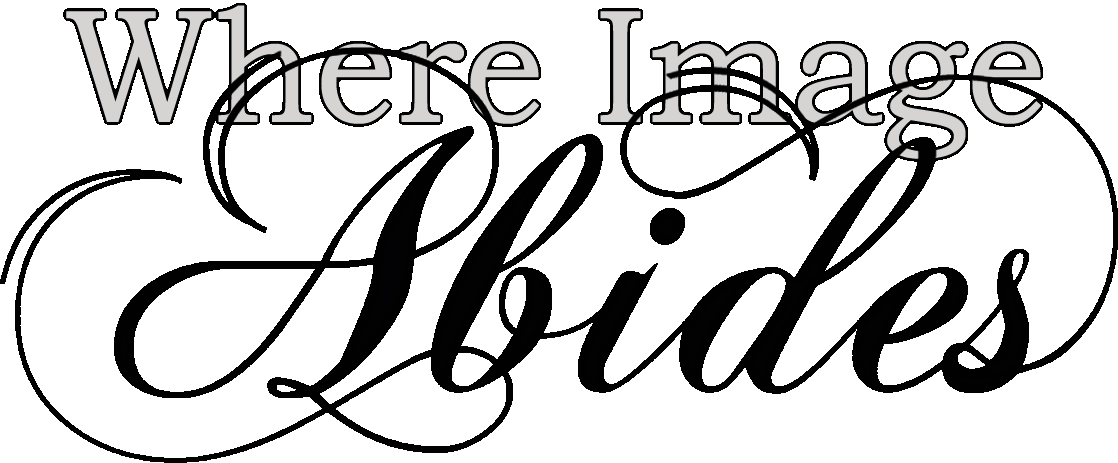Facial Reconstruction of King Richard III - part I
- whereimageabides
- Jan 7, 2015
- 6 min read
Facial Reconstruct of King Richard III - part I by Mary Elizabeth Kibler.
NO ONE KNOWS WHAT HE LOOKED LIKE. The recovery of King Richard's remains has been a fascinating unfolding of a segment of British history brought back to life through the incredible story of Richard III. I decided to rebuild his face based on the features, characteristics, and proportions of his skull and historical documents relaying comments regarding the young King made by his contemporaries. As an anthropologist and field archaeologist as well as an artist known for artistic renderings and reconstructions of artifacts, I mean no disrespect whatsoever toward those otherwise involved. I did spend a goodly amount of time researching anything I could find related to descriptions of King Richard III. And I seriously question whether the unauthenticated copy-of-a-copy-of-a-copy, or whatever the case may be, concerning a painting claimed to have been made of the King some 30 yrs after his death, which does conflict with historical descriptions of him, can be relied on to guide a reconstruction. So. There it is.
The graphic artwork shown here is the result of my own artistic rendering. He was said to have had blond hair, blue eys, was approximately 5'8" tall, more slight built than robust, and had a handsome, boyish look to him, and that his left shoulder was higher than his right. He also is said to have ridden a white courser into this battle. The damage to his helmet in this artwork is somewhat exaggerated to make a point. According to British history, King Richard III was killed at the Battle of Bosworth Field. A Welshman was given credit for a halberd pole axe blow to the head (boasting having penetrated his helmet) when Richard's horse was mucked down in mire. His enemies, Henry Tudor and supporters, beset him, tried to hack his head off, and, apparently, as the recovered skull so indicates, maded a large hole at the back base of his skull trying to behead him. Some of Richards men beset them and prevented them from actually severing the King's head (and, as it is, the recovered remains display a complete skeleton with skull apparently still attached when he was buried). King Richard III's dead body was stripped naked and brought to Leicester and displayed publically for two days before being buried at the town's Franciscan Friary, Grayfriar. Later, it was rumored his body was dug up and thrown in the river. # During a salvage excavation in 2007, the ruins of the Grayfriars Church was discovered to be farther west than thought and prompted a continued search for the site. Richard III's remains were found Sept 2012 ... DNA confirmed. He was 33 when he died, having been King of England for 2 years. He had severe scoliosis of the spine yet was an apt horseman and battle-worthy. Accounts note that Richard fought bravely and ably during this manoeuvre, unhorsing Sir John Cheyne, a well-known jousting champion, killing Henry Tudor's standard bearer, Sir William Brandon, and coming within a sword's length of Henry Tudor before being surrounded by Sir William Stanley's men and killed. Richard had singularly charged into the midst of the battle aiming for Henry Tudor, his direct challenger to the throne, after discovering some of those who had ridden into battle with him turned against him in the heat of the fight, Richard's battle-cry as he charged is said to have been "Traitors!" The Burgundian chronicler Jean Molinet says that a Welshman struck the death-blow when Richard's horse became stuck in the marshy ground and went down. It was said that the blow dealt was so violent that the king's helmet was driven into his skull. And there is indeed a "deep and penetrating" wound, a hole, in the top of the recovered skull. Such a wound might well have been made by the pointed blade tip of a halberd weapon of those times, as is shown in this artwork, by a mounted combatant thrusting downward upon a man grounded by a downed horse. The contemporary Welsh poet Guto'r Glyn wrote the leading Welsh Lancastrian Rhys ap Thomas, or one of his men, killed the king, writing that he "killed the boar, shaved his head", this fellow, given credit for having killed the King, being one of the "traitors". Other documents state comments that the dead King was stripped of his armor and that they tried to cut his head off for a trophy ... but were prevented from doing so by some of Richards men arriving on the scene and attacking them. The recovered skeleton indicates no defensive wounds, some interpreting this as his having been in full armor, but with the "deep and penetrating" wound indicated on top of the skull, as the Welshman's tale said he had inflicted, fairly penetrating the King's helmet, it is quite possible there were "no defensive wounds" because Richard was either dead or dying from the head wound when the other wounds were inflicted to his head apparently after his helmet was removed. It is also quite apparent that Richard's lifeless body was desecrated. Later stories said that Richard died when they tried to behead him while he was kneeling before Henry Tudor. This seems highly unlikely. The identification in 2012 of King Richard's body shows that the skeleton had 10 wounds, eight of them to the head, clearly inflicted in battle, and suggesting he had lost his helmet. The skull showed that a blade had hacked away part of the rear of the skull. In all, the remains of the King confirm the chroniclers' accounts from 1485.
Richard III was the last English king to be killed in battle. His death and this battle mark the end of the Middle Ages in England. # A halberd (also called halbard, halbert or Swiss voulge) is a two-handed pole axe weapon that came to prominent use during the 14th and 15th centuries. The halberd consists of an axe blade topped with a spike mounted on a long shaft 5-6 ft long. It often has a hook or thorn on the back side of the axe blade for grappling mounted combatants. Richard was married and had a son, but his death at Bosworth resulted in the end of the Plantagenet dynasty, which had ruled England since the succession of Henry II in 1154. During Richard's reign, the historian John Rous praised him as a "good lord" who punished "oppressors of the commons",and that he had "a great heart". After his death, Richard's image was tarnished by propaganda fostered by his Tudor successors (who sought to legitimise their claim to the throne), emphasising Richard's outward physical deformities as a "sign of his inwardly twisted mind." Richard III was ambitious and accumulated many titles and honors; his legacy includes Council of the North, derived from his ducal council, greatly improved conditions for Northern England, as commoners of that region were formerly without any substantial economic activity independent of London. Its descendant position was Secretary of State for the Northern Department. In December 1483, Richard instituted what later became known as the Court of Requests, a court to which poor people who could not afford legal representation could apply for their grievances to be heard. He also introduced bail in January 1484, to protect suspected felons from imprisonment before trial and to protect their property from seizure during that time. He founded the College of Arms in 1484, he banned restrictions on the printing and sale of books, and he ordered the translation of the written Laws and Statutes from the traditional French into English.
Living relatives have claimed his remains and he will be reburied at Leicester Cathedral.
RIP King Richard III. And thank you to all who made this great discovery possible.
#
(Information collected from variety of sources)
The artwork shown is one of the 36 works of art reproduced in my art collection in the book Corpus Omphalos, and also is rendered in B/W in the book: Where Image Abides.
This artwork is also available for purchase as a frame-ready art print on heavy-duty archival paper, at my online print shop, Corpus Omphalos Store, through ZAZZLE, a reliable printing service since 2005 ... HERE
Part II of this study shows some of the facial reconstruction techniques used ...










Comments